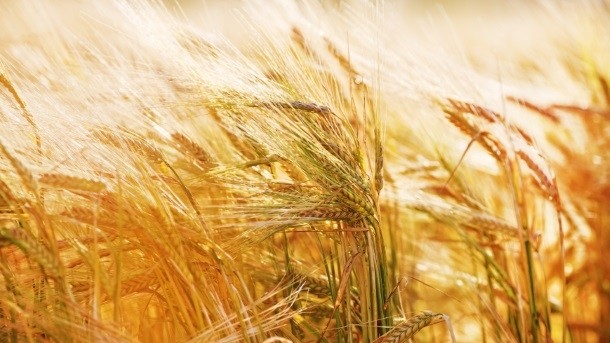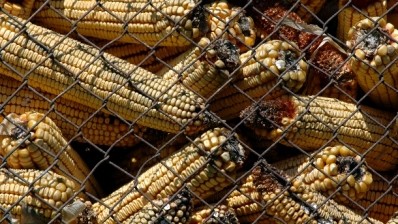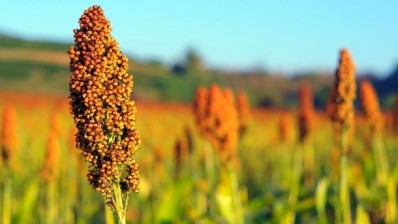Drop in wheat production to push down global cereal supply in 2016/17 – FAO

World cereal production in 2016 will be around 2,521 million tonnes, the FAO has announced in its first forecast for 2016. This will be 0.2% (four million tonnes) lower than last year.
The decline will be driven by an expected drop in wheat production. This has been revised down since last month to 712.7 million tonnes, which would be 2.8% less than 2015.
Reduced plantings in the Russian Federation and Ukraine as a the result of dry weather are key reasons for the decline. Wheat production is also forecast to fall from last year’s highs in Morocco and in the EU as a result of drought. A slightly larger crop in China, thanks to higher yields, are expected to partly offset this.
Rise in maize output
The FAO’s first forecast for global coarse grains is around 1,313 million tonnes, 0.8% higher than in 2015. This reflects a projected rise in global maize output that will more than compensate for anticipated declines in barley and sorghum.
Maize, which accounts for three-quarters of total coarse grains output, is expected to rise 1.1% as a result of gains in the EU and in the US, where plantings are projected to grow on expected higher returns compared with other crops. In contrast, production is likely to fall in the Southern Africa sub-region and Brazil as a result of continuing El Niño-related drought.
Global cereal use in 2016/17 is projected to be 1% higher than this year, although sluggish feed demand prospects puts this below the 10-year trend for the second consecutive season.
Increase in wheat use for food
Wheat use is expected to remain static, with a slight increase in food consumption anticipated to offset a decline in feed and other uses. Coarse grains use is projected to be 1.5% higher than this year thanks to an increase in feed usage. Cheaper and more abundant availability is likely to increase use of maize in feed rations, according to the FAO, at the expense of wheat and other coarse grains.
The FAO’s first forecast for world cereal stocks at the close of the 2017 seasons suggests a 3.9% drop from the previous year to 23%. This is down from almost 25% in 2015/16, but above the historical low of 20.5% in 2007/08.
International trade in cereals is foreseen to contract in 2016/17 for the second consecutive year, falling 1.4% to 365 million tonnes as result of a drop in world demand. This is because many importing countries have accumulated large stocks or are expected to have large harvests this year, said the FAO.
















